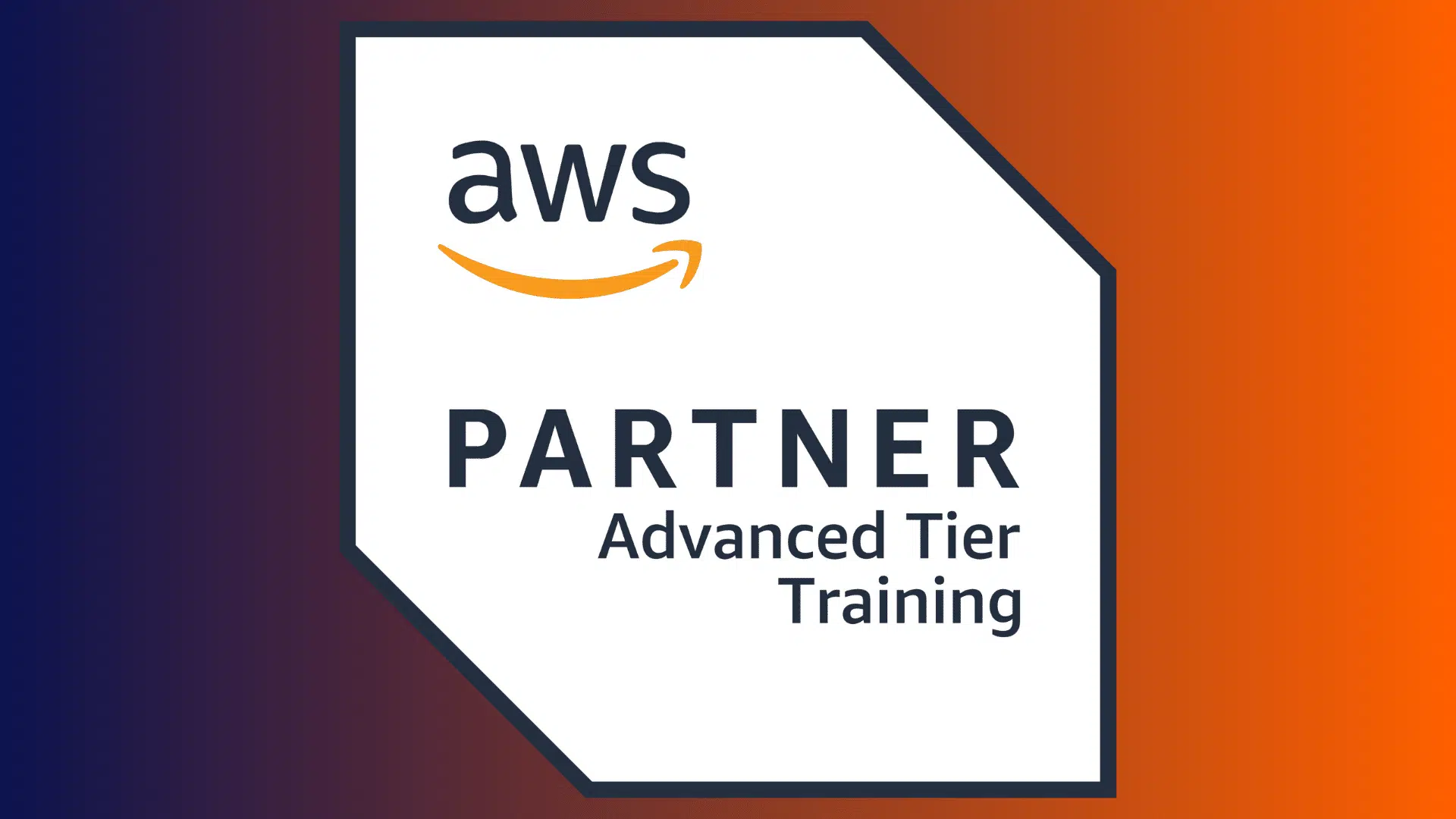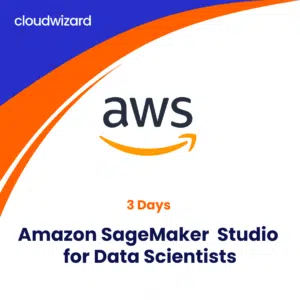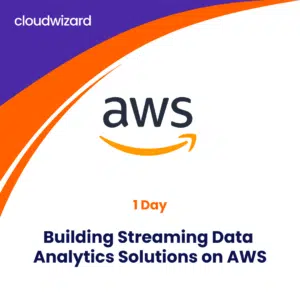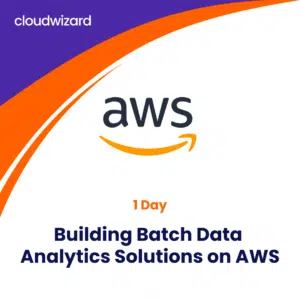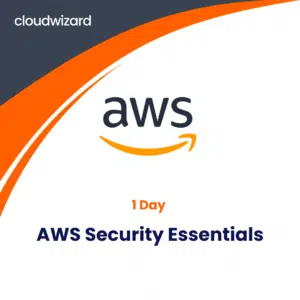Planning and Designing Databases on AWS
By the end of the course, you will be able to analyze a business use case, analyze the workload, and assess application requirements to identify and design the most suitable AWS database solution to support your organizational needs
In this course, you will learn how to do the following:
- Summarize the AWS Well-Architected Framework for designing database solutions.
- Choose an appropriate purpose-built database service for a given workload.
- Design a relational database solution to solve a business problem.
- Design a NoSQL database solution to solve a business problem.
- Analyze data from multiple databases to solve a business problem.
- Discuss the security considerations for your database solution.
This course is intended for learners in the following roles:
- Solutions architects
- Database architects
- Developers
We recommend the following prerequisites for attendees of this course:
- Familiarity with AWS database services
- Understanding of database design concepts and/or data modeling for relational or nonrelational databases
- Familiarity with cloud computing concepts
- Familiarity with general networking and encryption concepts
- Completion of the digital course Introduction to Building with AWS Databases
Module 0: Planning and Designing Databases on AWS
Module 1: Database Concepts and General Guidelines
- Databases in the cloud
- Database design principles
- Transactional compliance
Module 2: Database Planning and Design
- Workload requirements
- Design considerations
Module 3: Databases on Amazon EC2
- Amazon EC2 for hosting databases
Module 4: Purpose-Built Databases
- The journey to AWS
- Data modeling basics
Module 5: Databases on Amazon RDS
- Amazon RDS databases
- Amazon RDS distinguishing features
- Amazon RDS Design considerations
- Lab 1: Working with Amazon RDS databases
Module 6: Databases in Amazon Aurora
- Amazon Aurora databases
- Aurora distinguishing features
- Aurora design considerations
Module 6: Databases in Amazon Aurora (continued)
- Lab 2: Working with Amazon Aurora databases
Module 7: Databases in Amazon DocumentDB (with MongoDB compatibility)
- Amazon DocumentDB
- Amazon DocumentDB design considerations
- Lab 3: Working with Amazon Document DB databases
Module 8: Amazon DynamoDB Tables
- Amazon DynamoDB
- DynamoDB data modeling
- DynamoDB distinguishing features
- DynamoDB design considerations
- Lab 4: Working with Amazon DynamoDB Tables
Module 9: Databases in Amazon Neptune
- Amazon Neptune
- Neptune design considerations
Module 10: Databases in Amazon Quantum Ledger Database (Amazon QLDB)
- Amazon Quantum Ledger Database (Amazon QLDB)
- Amazon QLDB Design Considerations
Module 11: Databases in Amazon ElastiCache
- Amazon ElastiCache
- ElastiCache for Memcached
- ElastiCache for Redis
Module 12: Data Warehousing in Amazon Redshift
- Amazon Redshift
- Amazon Redshift distinguishing features
- Amazon Redshift data modeling
- Amazon Redshift design considerations
- Lab 5: Working with Amazon Redshift Clusters
Why choose Cloud Wizard
- Advanced Tier Training Partner
- Amazon Authorised Instructors
- Official AWS Content
- Hands-on Labs
Class Deliverables
- E-Content kit by AWS
- Hands-on labs
- Class completion certificates
- Exam Prep sessions
Dates Available
Choose a date that works for you and click on Book Now to proceed with your registration.
| Method | Duration | Start Time | Start date | Price | Action |
|---|---|---|---|---|---|
| Classroom | 3 days | All Day | May 14, 2024 | ₹45,000 | |
| Classroom | 3 days | All Day | May 28, 2024 | ₹45,000 | |
| Classroom | 3 days | All Day | June 5, 2024 | ₹45,000 | |
| Classroom | 3 days | All Day | June 19, 2024 | ₹45,000 |
Don't see a date that works for you?
Fill in the form below to let us know.
Related courses
Related products
-
AWS Training
Amazon SageMaker Studio for Data Scientists
This course empowers data scientists to swiftly prepare, build, train, deploy, and monitor machine learning (ML) models. Seasoned data scientists can benefit from the course by gaining skills to master SageMaker Studio tools, including Amazon CodeWhisperer and Amazon CodeGuru Security scan extensions, enhancing productivity across the ML lifecycle.
We recommend that all students complete the AWS Technical Essentials course before enrolling in this program. Additionally, those without prior experience in data science should complete The Machine Learning Pipeline on AWS and Deep Learning on AWS courses, followed by gaining 1-year on-the-job experience.
-
AWS Training
Building Streaming Data Analytics Solutions on AWS
In this course, you will learn to build streaming data analytics solutions using AWS services, including Amazon Kinesis and Amazon Managed Streaming for Apache Kafka (Amazon MSK). Amazon Kinesis is a massively scalable and durable real-time data streaming service. Amazon MSK offers a secure, fully managed, and highly available Apache Kafka service.
You will learn how Amazon Kinesis and Amazon MSK integrate with AWS services such as AWS Glue and AWS Lambda. The course addresses the streaming data ingestion, stream storage, and stream processing components of the data analytics pipeline. You will also learn to apply security, performance, and cost management best practices to the operation of Kinesis and Amazon MSK.
-
AWS Training
Building Batch Data Analytics Solutions on AWS
In this course, you will learn to build batch data analytics solutions using Amazon EMR, an enterprise-grade Apache Spark and Apache Hadoop managed service. You will learn how Amazon EMR integrates with open-source projects such as Apache Hive, Hue, and HBase, and with AWS services such as AWS Glue and AWS Lake Formation.
The course addresses data collection, ingestion, cataloging, storage, and processing components in the context of Spark and Hadoop. You will learn to use EMR Notebooks to support both analytics and machine learning workloads. You will also learn to apply security, performance, and cost management best practices to the operation of Amazon EMR.
-
AWS Training
AWS Security Essentials
This fundamental course covers basic security concepts of the AWS Cloud including AWS access control, methods of data encryption and securing network access to your AWS infrastructure. You will learn to implement security in the AWS Cloud using the AWS shared responsibility model and check for the available security-related services. You will also learn how the AWS security services help secure the needs of an organization.
This course is intended for Security professionals who are interested in cloud security practices, regardless of prior experience on AWS Cloud. You will benefit with some working knowledge of IT security practices and infrastructure concepts. The one-day-long course is delivered by an experienced AWS Instructor with presentations and hands-on labs.

